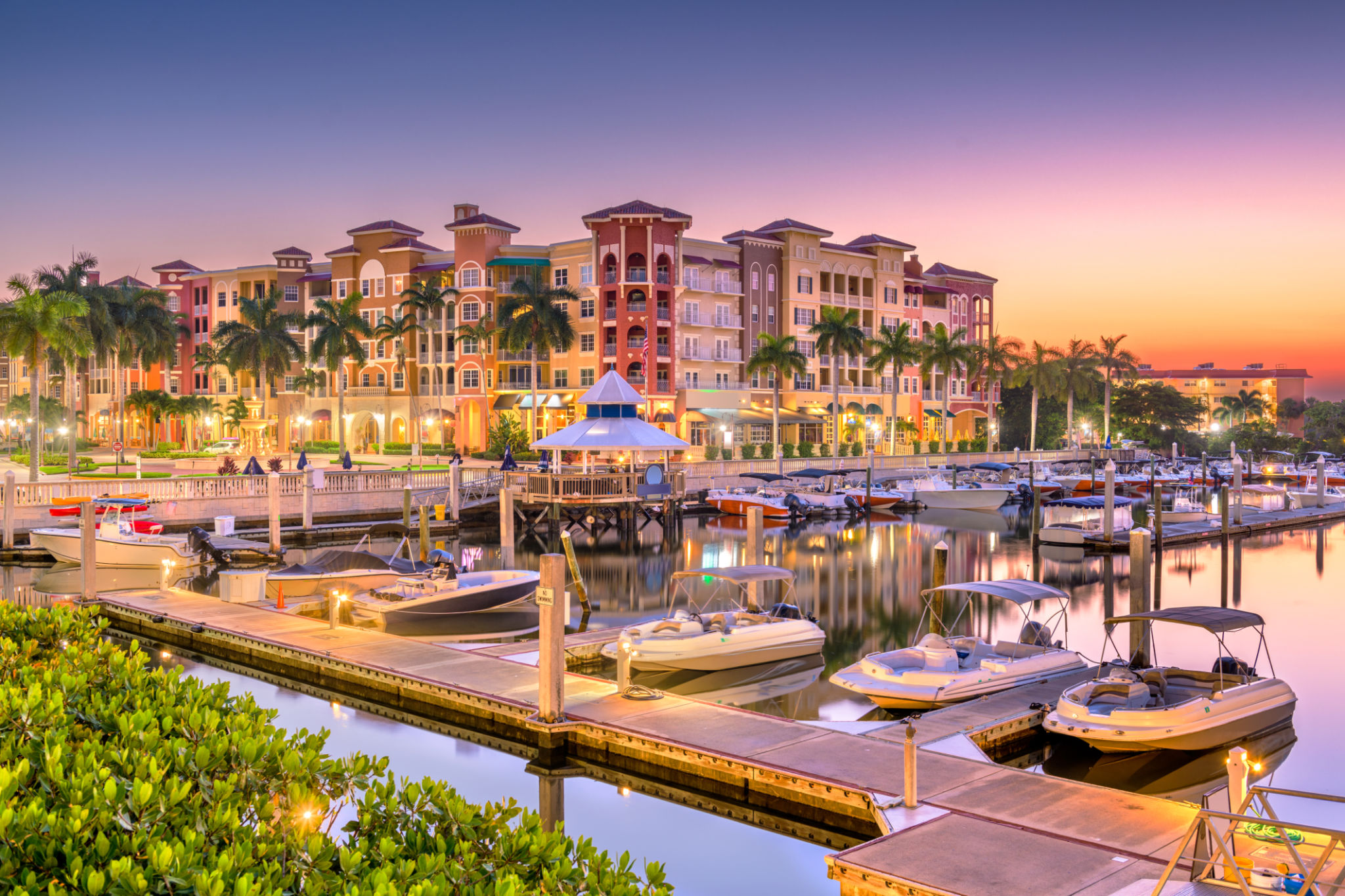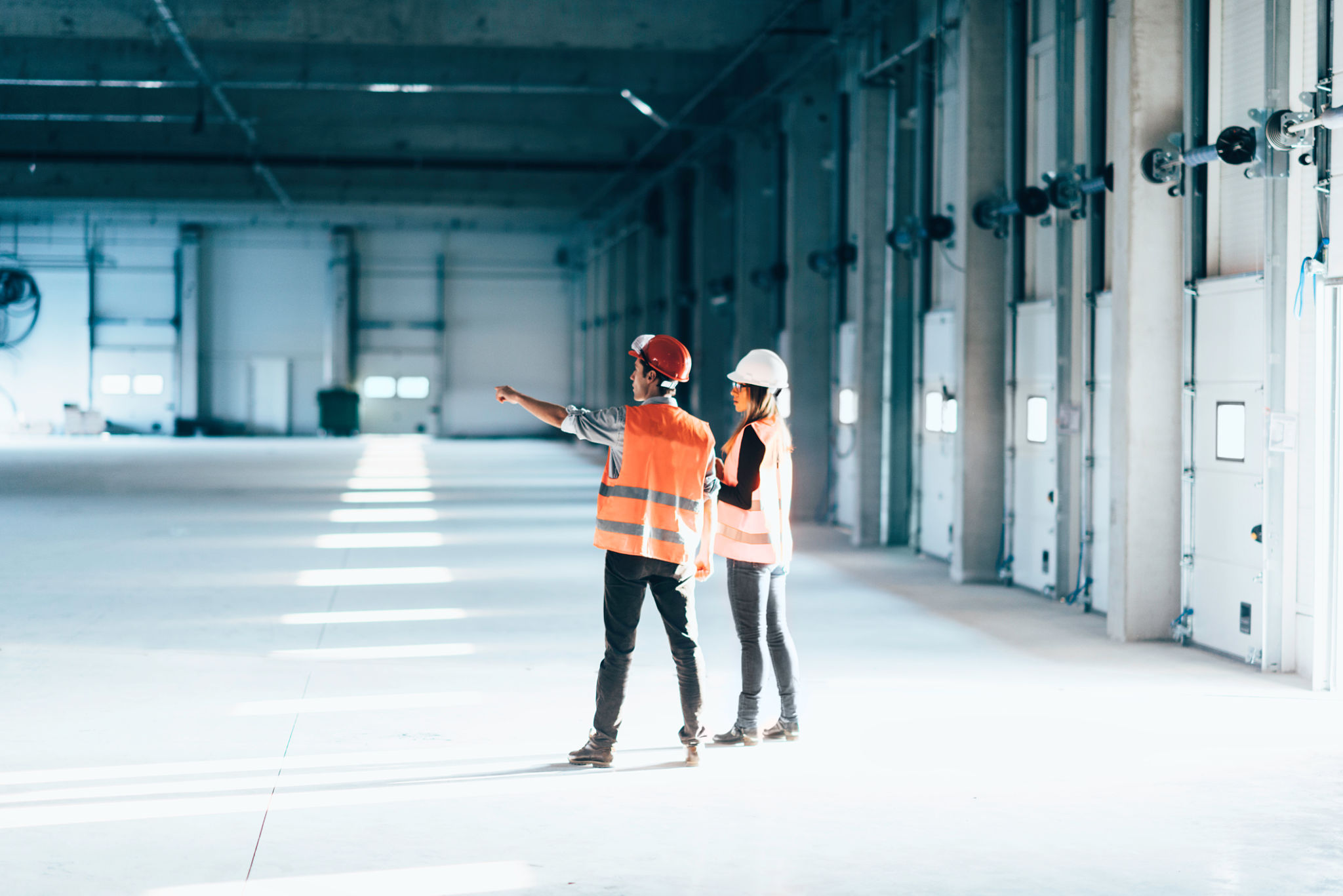Ensuring High-Rise Building Safety in Florida: Key Regulations and Innovative Solutions
Understanding Florida's High-Rise Building Regulations
Florida is renowned for its stunning skyline, with high-rise buildings that dot major cities like Miami, Tampa, and Orlando. However, with these architectural feats comes the critical responsibility of ensuring building safety. In Florida, stringent regulations are in place to protect residents and property owners. The Florida Building Code serves as the primary regulatory framework, focusing on aspects such as structural integrity, fire safety, and accessibility.
The Florida Building Code is updated every three years to incorporate the latest advancements in building technology and safety standards. This ensures that all high-rise buildings remain compliant with current safety practices. Key areas covered by the code include wind resistance, seismic standards, and hurricane preparedness. These are crucial considerations given Florida's vulnerability to severe weather events.

Fire Safety: A Top Priority
Fire safety is a vital component of high-rise building regulations in Florida. The state mandates the installation of advanced fire suppression systems, smoke detectors, and emergency communication systems. Regular fire drills and safety inspections are also required to ensure that all occupants know how to respond in case of an emergency.
Additionally, Florida law requires that high-rise buildings have clearly marked evacuation routes and accessible exits. Sprinkler systems are compulsory in both new constructions and existing buildings undergoing significant renovations. These measures are designed to minimize risks and protect lives in the event of a fire.

Embracing Innovative Solutions
In recent years, technology has played a significant role in enhancing the safety of high-rise buildings. Smart building technologies are now being integrated into design and management practices. These systems allow for real-time monitoring of building conditions, including structural health and environmental factors.
For instance, advanced sensors can detect changes in a building's structural integrity, allowing for timely maintenance and repairs. Similarly, environmental control systems can optimize energy efficiency while maintaining comfort and safety for occupants. These innovations not only enhance safety but also contribute to sustainability efforts.

The Importance of Regular Inspections
Regular inspections are a cornerstone of maintaining high-rise building safety in Florida. State regulations mandate periodic inspections by certified professionals to assess structural integrity, fire safety systems, and overall compliance with the Florida Building Code. These inspections help identify potential hazards before they become serious issues.
Building owners are encouraged to have a proactive maintenance plan in place to address any concerns raised during inspections promptly. This approach not only ensures compliance but also extends the lifespan of building systems and infrastructure.
Collaboration Between Stakeholders
Ensuring high-rise building safety in Florida is a collaborative effort involving architects, engineers, building managers, local authorities, and residents. Open communication and cooperation among these stakeholders are vital for effective implementation of safety measures.
Educational programs and workshops can help raise awareness about safety regulations and best practices. By fostering a culture of safety, all parties involved can work together to create secure environments in high-rise buildings across Florida.

Looking Ahead: Future Challenges and Solutions
As urbanization continues to rise, so does the complexity of ensuring high-rise building safety. Emerging challenges such as climate change and increasing population density require adaptive solutions. Florida's regulatory bodies are continually exploring new strategies to address these evolving needs.
Investing in research and development for innovative building materials and construction techniques will be crucial. By staying ahead of these challenges, Florida can continue to set a benchmark for high-rise building safety in the coming years.
